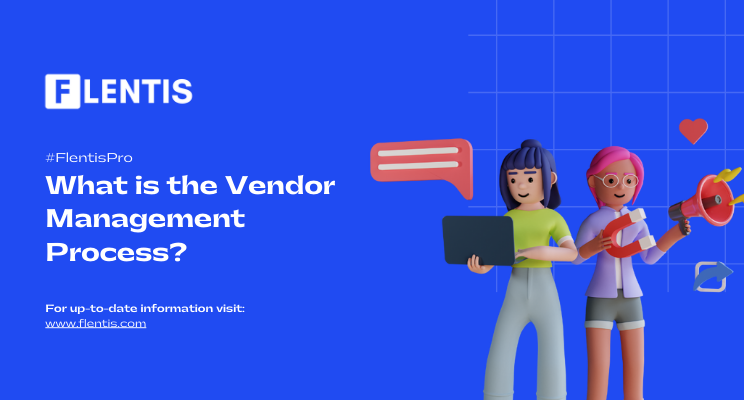Do we all know what the vendor management process is? Are we aware of the stages involved in the process to make it a success? Well, the definition is simple. A series of activities used by organizations to manage as well as collaborate with their vendors in a strategic and tactical manner. This can include the establishment of vendor selection criteria, setting objectives, negotiating with contracts, creating a risk reduction strategy, and the control on cost as well as delivery.
But who or what kind of organizations use the talent management process? Users are mostly vendor managers or the team, and sometimes, the vendors themselves. This could include enterprise-level management too.
Now that you know what a vendor management process is, it is time to understand how you can build and establish a worthy process for your business.
- ESTABLISHING YOUR BUSINESS GOALS
With any kind of plan in mind, you must have a clear objective, a plan. Setting achievable business goals to streamline your vendor management in order to improve efficiencies is essential. Business goals should also include the management and control of costs, as well as ensure the contract terms are beneficial to both parties. Once these are set, they should be shared with the vendors. Set goals assist in keeping track of what’s happening in your firm.
- RESEARCH & SELECTION OF VENDORS
Nothing can be better than strong research work. A good evaluation of vendors based on experience, quality, resources, and commitment must be done. This is possible through vendor management software like FlentisPRO. The choice of your talent is dependent on your goals and KPIs. A lot of factors such as industry-related experience, rates, social proof, legal considerations, etc. matter in vendor selection. It is easier to make a selection when all the information is right in front of you.
- VENDOR RISK ASSESSMENT
Any vendor’s prospect must be scrutinized. It is vital to know their on-time delivery rates, total annual expenditure, as well as other measurements. Vendor risk review assists in identifying the potential risks and hazards coming from the vendor’s deliverables or the way they operate. With the vendor risk assessment (VRA), you become aware of their potential impact on your firm.
- CONTRACT NEGOTIATION
The best kind of agreement/contract is when both parties mutually benefit from the terms and agree on the KPIs. Negotiations can include outlining the risks, security expectations, a visibility of the subcontractors, and definition of financial terms. More research on your vendor’s way of operation would give a better understanding of their intentions/objectives. A vendor management system can assist with getting the entire business model of any vendor. All this data would be safe on your cloud portal, and you would be able to access it at any time from anywhere.
- ONBOARDING YOUR SUPPLIERS
As mentioned earlier, it is essential to gather all the information to process in order to be known as an approved supplier. After the talent has been approved via the hiring and recruiting process, they are onboarded on your portal. The onboarding procedure includes the collection of their documents, sharing permissions, and other series of activities to integrate them into the supply chain.
- RISK MITIGATION & MONITORING
Monitoring and risk mitigation can only happen when data is collected, ongoing risks are reported, and nothing is misplaced. A strategic approach is needed to build and maintain relationships, which can be done with a VMS portal. Maintaining a good relationship assists in reaching out to those vendors ahead of time for a long-term bond. Such strategies derive maximum value for their money. While setting KPIs make sure you include order completion time, quality of the service/product, shipping time, compliance, as well as customer service quality.
- PAYMENT PROCESS & COLLECTION
Vendor relationships are built on mutual respect. Respect can be shown with timely payments and according to the terms mentioned in the contract/agreement. For apt payments, the vendor’s timesheets would be under surveillance along with their KPIs. A VMS Portal would automatically generate the invoice and the payments would be cleared off smoothly.
- VENDOR FEEDBACK
It is a two-way relationship. Not only you can share the feedback but also your vendors should be able to do the same. It is important to encourage your vendors to share their feedback or provide their views on the collaboration. What’s the point of doing this? Two-way feedbacks give you a 360-degree view of activities in your organization.
In conclusion, the vendor management process benefits you in terms of value generation, improved performances, innovations, effectiveness, and compliance reduction as well as risk mitigation. It enables an organization to drive strategic objectives, minimize potential risks, set appropriate evaluations, have a defined review criterion, develop contract negotiation strategies, forge productive relationships, and define roles and responsibilities. The vendor management process would unlock the full and hidden value of your suppliers. It is like a business discipline that connects you with your vendors in real-time via technology and global trade.

